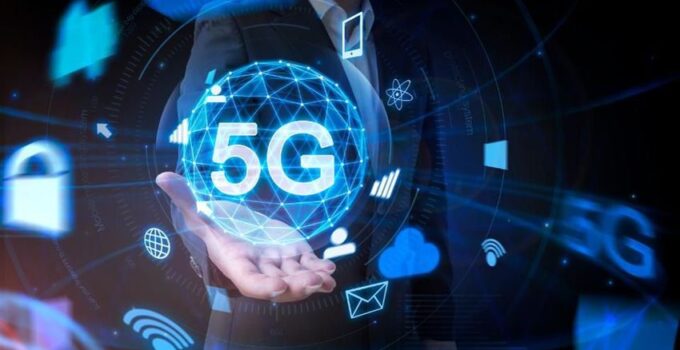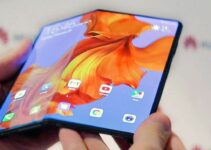Page Contents
The transition of the internet from 1G to 5G
Starting from 1G, the very first generation of digital cellular technological equipment came into existence as wireless cellular technology in the 1980s. 1G was designed for analog cellular systems until 1991 when 2G technologies for mobile telecommunication hit the market and we were introduced to CDMA, GSM, and TDMA with visibly increased data transfer rates.

source:quora.com
In 1998 3G technologies followed and raised the bar of internet speed and quality of service with EVDO, HSPA, and UMTS – 3G technologies could now conduct data transfer at increased rates – and internet speeds soared up from 200 kbps to a few megabits per second.
The successor of 3G technologies i.e. 4G – the one the majority of the world currently employs in conjunction with WiMAX and LTE, was the next step up. And at this time, technologists are quite all set to maximize current 4G speeds by another hundred megabits or maybe even by a few gigabits per second, as they get ready to launch 5G technology by the end of 2019 or the beginning of 2024.
5G will enable us to download high-quality video-based content like 4K and 8K films before 30 seconds tick off the clock whereas using the highest available 4G internet speeds at this time takes more or less about five to seven minutes for downloading HD (high-definition) movies.
4G vs 5G
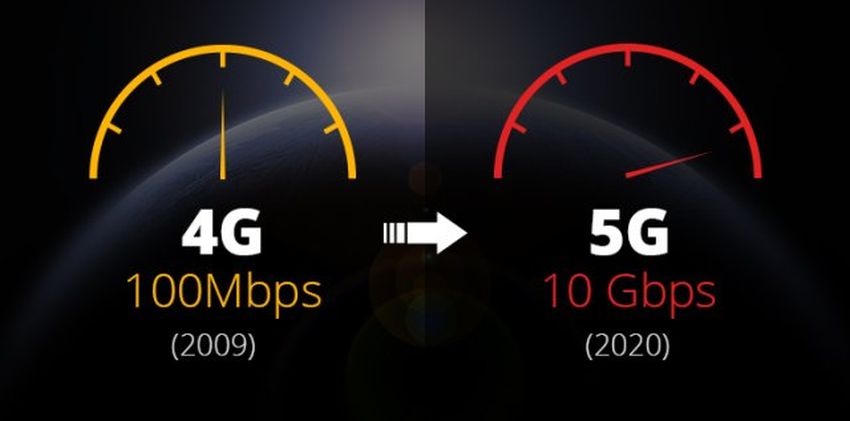
source:eazi-apps.co.uk
5G is already predicted and recognized to be more intelligent, faster and extra productive than 4G technologies. 5G technology is anticipated to ensure the speediest mobile data rate thus far – one that will easily outperform any currently available fastest Home Broadband or Wi-Fi networks in the market. Click here to learn more.
With the highest speed available measuring up to 10 gigabits per second, 5G is estimated to be 100 times faster than 4G. Hence we can, in fact, anticipate 4G networks will soon become inadequate to knob loads of data necessitating the employment of 5G, especially when working with the Internet of Things (IoT), Virtual, and Augmented Reality (VR & AR) etc.
5G will also ensure the strength of the communication sequence taking place with your input i.e. when you utilize smart home or home security devices & cloud servers etc. the output would be tremendously fast. Since utilization of smart home devices is expected to grow exponentially in the not-so-distant future with a vast section of the population turning to such gadgetry routinely, 5G technology is bound to grow too.
Here, I do assume most readers must be already familiar with the fact the G in 5G stands for the word ‘generation’ and together with the number ‘5’ it implies ‘fifth generation’.
5G comes to the market with three innovative features:
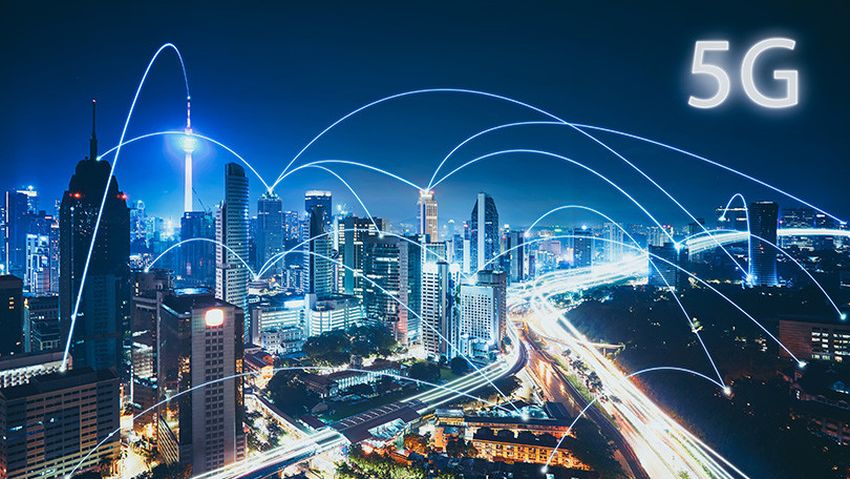
source:pcmag.com
- Fastest speed with the ability to transfer massive amounts of data e.g. HD, 4K in seconds,
- Lower rate of inactivity making internet connections remarkably responsive
- Boosted proficiency to connect with multiple devices like sensors and varied smart devices simultaneously.
What are the challenges for 5G?
Here are some challenging factors which need to be addressed before we get 5G out into the common man’s hand:
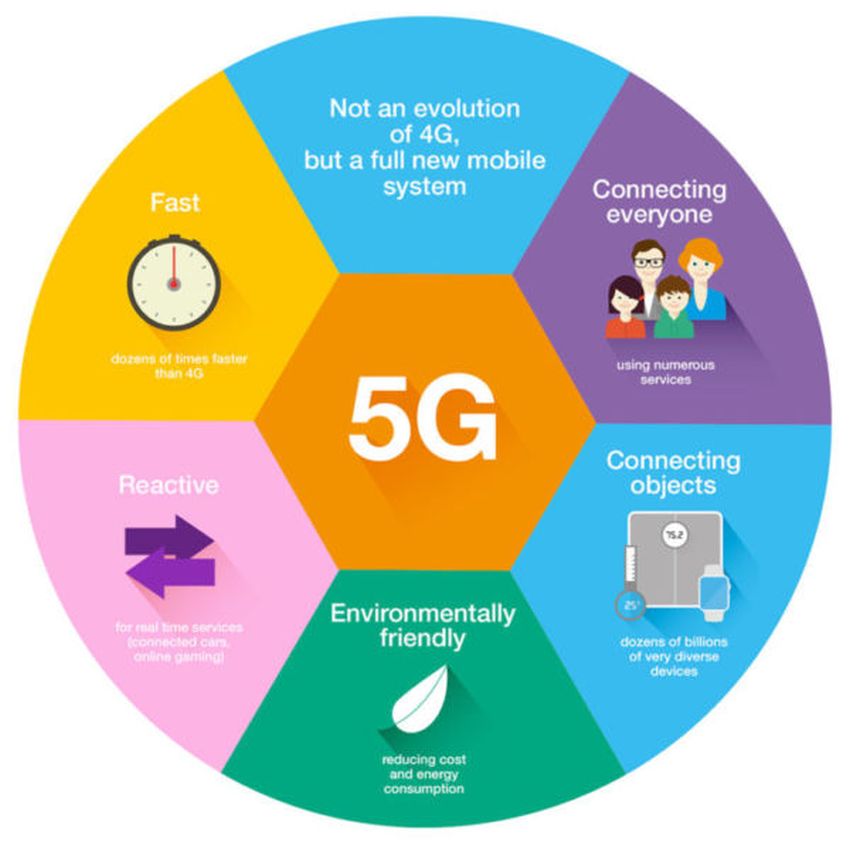
source:mbamci.com
- At this point, most geo-locations are not spacious enough to accommodate 5G antennas. The prior prevailing antennas’ set up needs to be upgraded to deploy new ones that will maintain the 5G spectrum.
- There is a concern regarding the Clouding of the Air Interface and spectrum migration. However if Air Interface is 5G Clouded, dynamic allocation of 2G, 3G, 4G, and 5G internet will be permitted, and that in turn will assure facilitation of a smooth process as far as migrating the spectrum.
- Since as far as indoor digitization is concerned, the Distributed Antenna System (DAS) – the one we have at this moment – does not boast enough capacity to support 5G, to fulfill this demand an absolute renewal of the current digital system will be required if hiccup-free immigration of 5G is to be conducted over the next few months.
Conclusion:
There is no way one can ignore how incredible a change 5G will bring to smartphones – devices that have already become the prime computing resource all around the world. 5G network will allow people to enjoy high-speed browsing and the fastest downloads, while calls would reflect a higher quality audio and video quality would be massively enhanced along with the availability of smoothest streaming of 4k and 360-degree visuals.
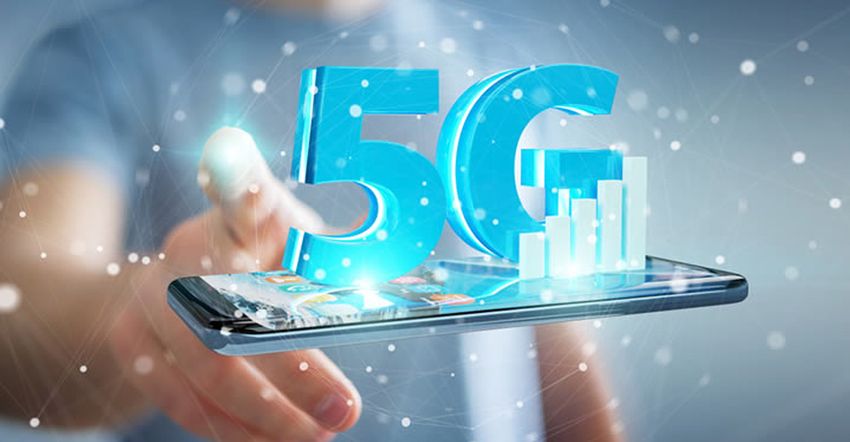
source:pandaily.com
The concept of smart cities and self-driven cars are also highly dependent on 5G technology – albeit after having written this article, I do feel convinced these futuristic ideas are very much attainable.
As for 4G LTE, it is shortly going to become one of the lower-frequency networks which will work even when the antennas are placed farther away from each other. Obstacles, however, will not be of much concern because 5G carriers will have to use more antennas in order to replicate the quality of coverage at least similar to current networks implying we are going to see mini-antennas constructed more commonly.

